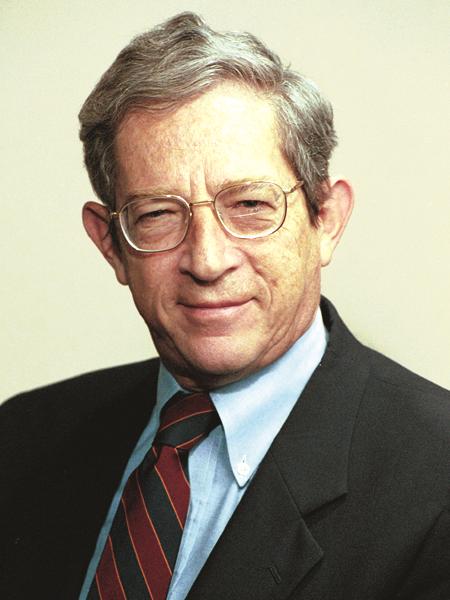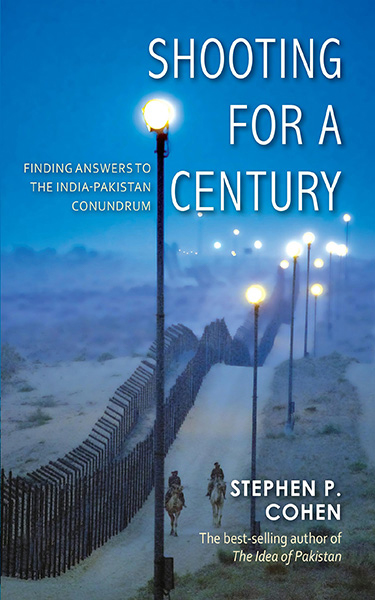The conflict ridden South Asian security environment has always posed a difficult question for promoting international non-proliferation campaign and durable peace through diffusing inflexible the standings of states against each other. Historically, the departure of the British with the end of colonial rule under the global wave of decolonization added a new chapter in the history of the subcontinent by creating ideological Pakistan and secular India. The end of British imperial influence granted independence to India and Pakistan and the collapse of colonial rule pushed India and Pakistan into an unending phase of multifaceted confrontation in which both states became good enemies and bad neighbours. The power gaining contest of both states gradually introduced nuclear development parallel to their conventional armed build-ups. The protracted clash between neighbouring states, in this way, started inviting attention of the intellectual circles around the globe and forced the academic community to express their opinion on political trends of South Asia. Hence, varying opinions based on opposing attributes of various writers tried to scholastically comprehend the rational basis of Indo – Pak conflicted bilateral values.
Stephen P. Cohen, a renowned American South Asian scholar and a senior research fellow at Brookings is consistently expressing his views on enduring confrontational politics of New Delhi and Islamabad. Cohen’s scholarly insight and an appreciably broader vision for surveying differently the Indo–Pak culture separates him from rest of South Asian scholars. Moreover, he has written several books and research papers on various aspects of South Asian strategic culture generally, and Indo–Pak protracted conflicts exclusively. His four years old book Shooting for a Century: Finding Answers to the India–Pakistan Conundrum presents a different picture of New–Delhi strategic competition in the existence of consistently enlarging nuclear capabilities.
The book is divided into seven chapters (Context, Conflicts, India, Pakistan, Explanation, Prospects, and American Interests and Policies). The main theme is based on a hypothetical observation of Cohen which views the future of New Delhi–Islamabad hostility which has sufficient potential for remaining active for a century, even to 2047. In contrast of visualizing the possibility of a strategic accommodation between both rivals, the road to normalization is not easy – but not impossible. The debate begins in the first chapter form the landmark developments of the subcontinent’s history marked by the imperial retreat and the withdrawal of British colonial influence. The early days of American–Soviet competition of cold war jumping into growing Indo–Pak dispute in a newly divided subcontinent. Continuingly examining the dissimilar evolutionally stages of New Delhi–Islamabad multi-layered clashes, the final chapter investigates the American role in South Asian strategic affairs parallel to the very formats of US foreign policy.
The second chapter of the book briefly explains the sources of conflicted history along with different controversial factors poisoning bilateral diplomatic interaction of India–Pakistan and keeping away both governments from participating in the immature peace-leading scenarios. The third and fourth chapters focus individually on the intensely unfriendly and unsympathetic positions of both nations. The prevailing antagonistic visualization of each other coupled with a short inspection of reasonable validations behind the contesting Indo–Pak relations is the principle theme of the fifth chapter. Second last or sixth chapter is an endeavour to forecast the prospects of South Asian environment of disturbed politics and the role of outsiders. In this way, all seven chapters cover different aspects of Indo–Pak rivalry and the role of superpower (especially US) in addressing the nuclear atmosphere of South Asia.

Every chapter attempts to discuss in details and rationale arguments by adopting a balanced and rational approach. According to Cohen, the politics of extra-regional states during the intense period of the Cold War which declared India and Pakistan as their proxies, the inflexible national standings over competing territorial claims, and the role of international community in resolving the issue of disputed areas are the responsible factors of an unresolved Kashmir dispute (pp. 44–46). The toxic bilateralism between India and Pakistan has caused eternal rivalry while denying any opportunities for generating a normalizing process which could lead both the neighbours towards peaceful settlement of their various points of disagreement. The writer’s research attempts to portray a future picture of Indo–Pak dispute in the presence of the role of superpowers coupled with different international organizations, the Kashmir dispute, ideologically identity issues, and strategic postures of both states are some of the prerequisite concerns of New Delhi and Islamabad which need permanent solution (p. 165). In short, Cohen sees the governments from both sides are very quick in opposing each other but very poor in finding practical and mutually acceptable solutions of their problems.
Ineffective multilateral efforts, short-lived bilateral initiatives and few unilateral avenues for replacing Indo–Pak hostility with cooperative relations proved to be the failing steps. A nuclearized South Asia has brought both nuclear armed enemies at a point where one (Pakistan) cannot win the competition, and the other (India) cannot lose the competition. The process of normalization is desirable and the most preferable answer to the Indo–Pak problem, but that is easy to imagine. Due to its optimistic nature, different initiatives for starting normalization process met only limited success. In this way, the world’s least integrated region, South Asia is rapidly approaching towards a worrisome future where a conflict would be sufficient for forcing both states to go for the nuclear option.
Cohen has authored and co-authored several books and has attempted to provide analysis about the subcontinent’s evolving culture before and after partition. Prior to Shooting for a Century: Finding Answers to the India–Pakistan Conundrum, he has expressed his intellectual thought in The Idea of Pakistan (2004), and India: Emerging Power (2001). His work with P R. Chari (an Indian writer) and an Islamabad based scholar, Pervaiz Iqbal Cheema The Compound Crisis of 1990: Perception, Politics, and Insecurity (2000) is an exceptional account of three authors of diverse backgrounds. Cohen’s study of Indian and Pakistan armies and their broader role and functions outlined in two books The Pakistan Army: With a New Forward and Epilogue (1998) and The Indian Army: Its Contribution to the Development of Nation (2001) respectively. The last book Cohen has completed with his Brooking colleague, Sunil Dasgupta, The Army without Aiming: India’s Military Modernization (2010). Unlike other studies of Cohen, the book under discussion is absolutely a traditional sketch of South Asian crisis, because it speaks about different latitudes for constructing probable scenarios of Indo–Pak diplomatic normalization.
The book is an insightful analysis of Indo–Pakistan conundrum and an academic endeavour to impartially study the battling New Delhi–Islamabad history which could be an appropriate volume for individuals specializing on South Asian politics. Furthermore, it is an account of interesting arguments structured and organized by an American think tank– Brookings.





